
Toe tufts, sometimes known as toe “floofs,” are bits of fur that grow between a cat’s toes. Typically found on cat breeds with medium to long coats (examples: Balinese, Cymric, Maine Coons, Norwegian Forest Cats, Persians, Ragdolls and Somali), these bits of fur extend past the cat’s paw pads.
As to the purpose of toe tufts: It’s posited that historically they helped provide cats in the wild with much-needed traction and protection. And similar to the hair on the rest of their body, long hairs between a cat’s toes help to protect their feet from the cold and any harsh surfaces that may cause painful abrasions on their paw pads.
In most cases, you don’t have to trim your cat’s toe tufts unless these errant wisps of fur are causing her such problems as:
Irritation: The tufts are too long and are making your cat uncomfortable. Sometimes the fur tickles, irritating her and forcing her to lick or pull at the hair in search of relief. This behavior can escalate into a compulsion that may cause other issues, in which case, the wisest course of action IS to trim those tufts.
Debris collecting: A guaranteed “magnet” for such things as kitty litter and human hair, dirt and dust, your cat’s toe tufts should be trimmed to keep her from tracking any and all unwanted debris throughout the rooms of your home.
Slipping and sliding: Overgrown toe tufts may cause your cat to slip and slide as she makes her way across whatever kind of flooring you have in your home: from vinyl and linoleum, stone and hardwood to ceramic tile, porcelain tile, marble and laminates. Not getting the proper traction on the floor is a safety hazard, and a slight fur trim is highly recommended.
Matting: Because mats are particularly painful and can lead to skin infections if not addressed in a timely manner, trim your cat’s toe tufts to help keep her healthy and happy. Using a pair of scissors, carefully snip the longer hairs until they no longer cover her paw pads. You won’t have to shorten them further unless there’s obvious irritation between her toes. In that case, consult your vet on the best way to treat her.
Alternatives to trimming your cat’s toe tufts include:
Carpeting: While not to everyone’s taste, and especially problematic if you suffer from allergies, carpeting, or at the very least, area rugs are excellent anti-slip and slide options for cats with toe tufts.
Grippable furniture: If you have tall cat trees or wall-mounted shelving, jumping onto and off them can be particularly dangerous for a cat with toe tufts. To reduce the risk of her slipping and falling, add grippable pieces of furniture like a strategically placed cushioned stool or covered chair close to those areas to literally act as cat “safety nets.”

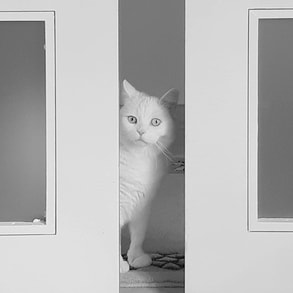
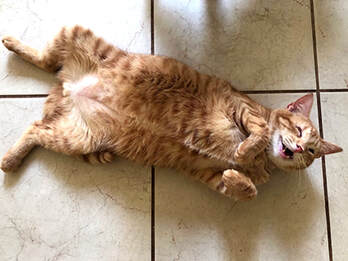
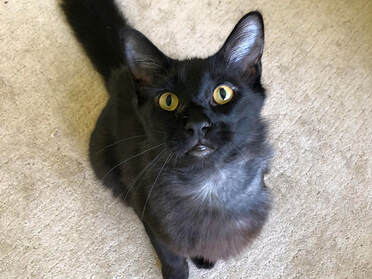
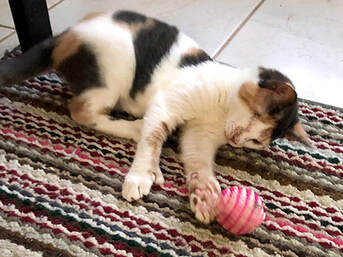
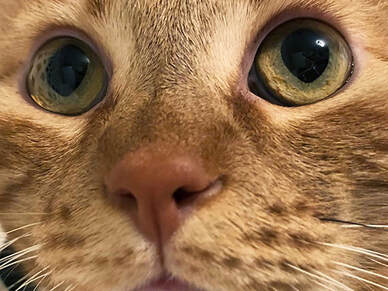
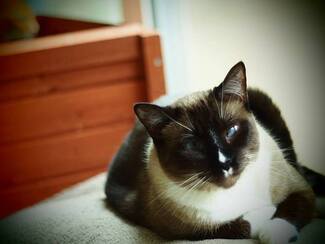
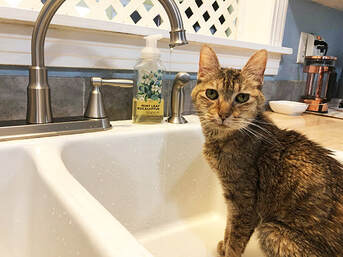
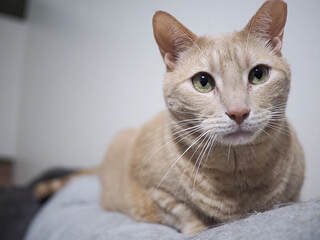









 RSS Feed
RSS Feed